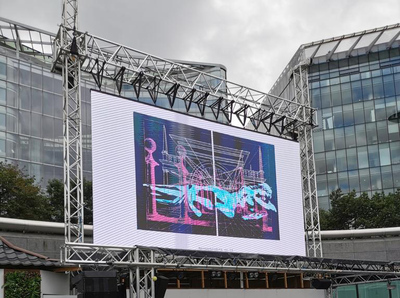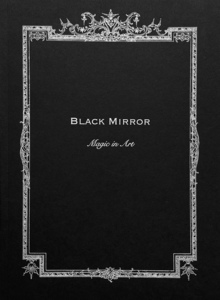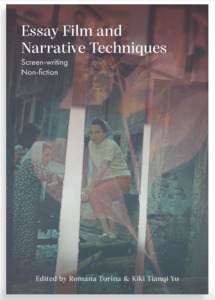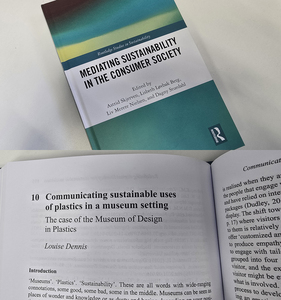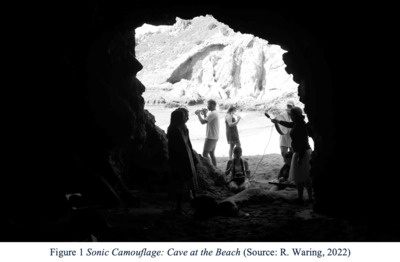Storyboards are not simply boards that tell stories – they are “a material contract between the artist and the future film” and “‘boundary objects’ that bridge different knowledge and development states” (Blatter, 2007: 4; 5), thereby connecting the activities of a range of personnel in the overall production pipeline. They are therefore key pre-production assets that need to be understood across a variety of contexts – not all of which are directly (if at all) to do with “telling the story”. Stahl (2005) examines how a deeper understanding of storyboarding in animation production enables us to discuss individual labour activity in a collaborative production process – in other words, to allow us to ask the question: “Who is the artist who has the contract with the future film?”
In this chapter I use Blatter and Stahl’s work to examine the role of storyboard artists and examine some of the ways in which this historically ‘analogue’ process – often paper-based, on boards that are physically shuffled and re-ordered – has been changed and remediated by the shift to digital techniques. The main focus is Aardman Animations and through discussions with key personnel such as Luis Cook, Ashley Boddy and Michael Salter I will discuss how the boarding process works and how individual and collective labour are realized in the finished projects in what is now a post-digital era for animation production.
 |



 Lists
Lists Lists
Lists

